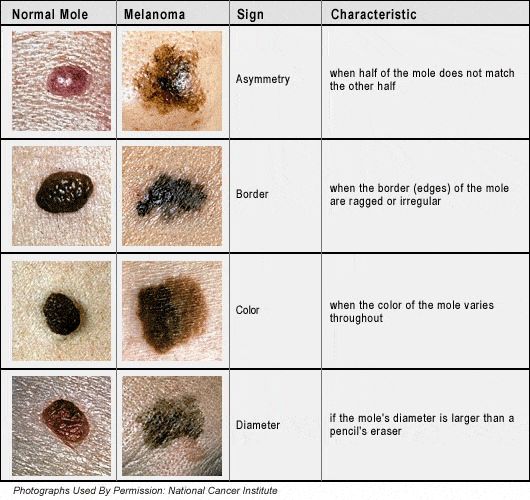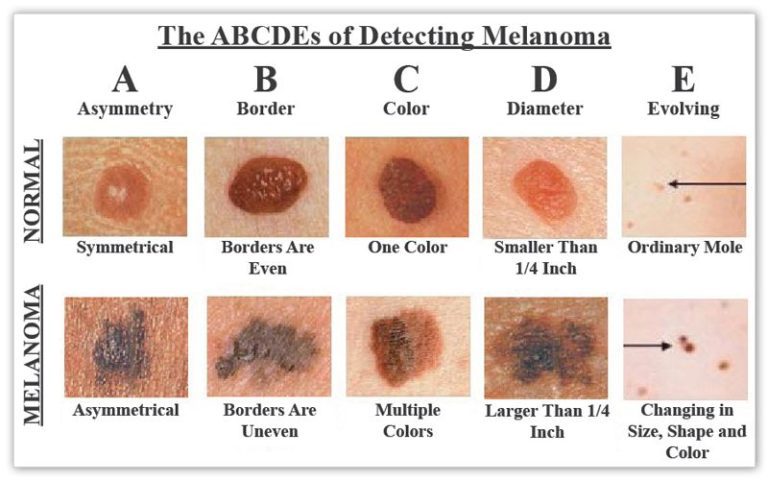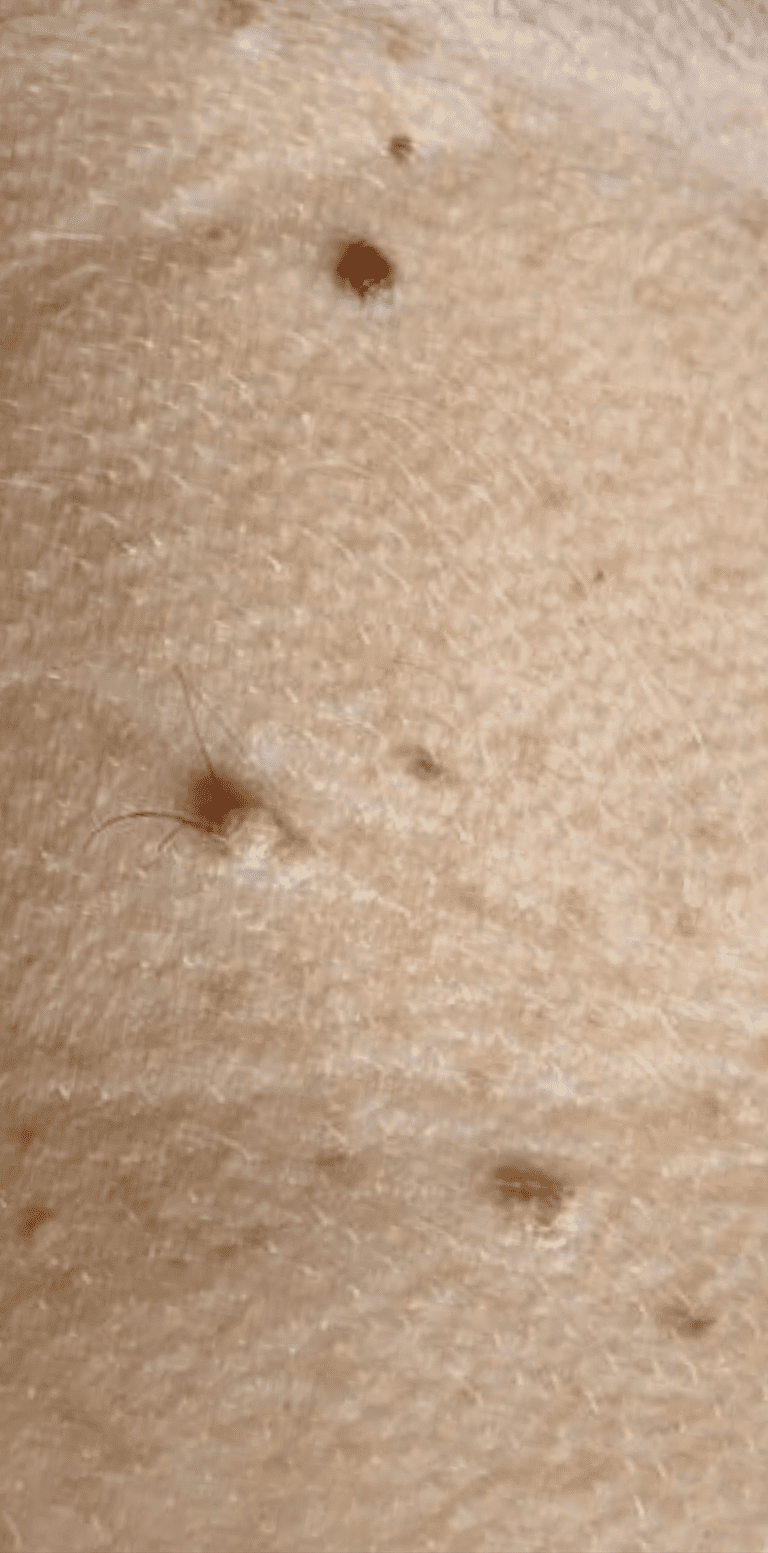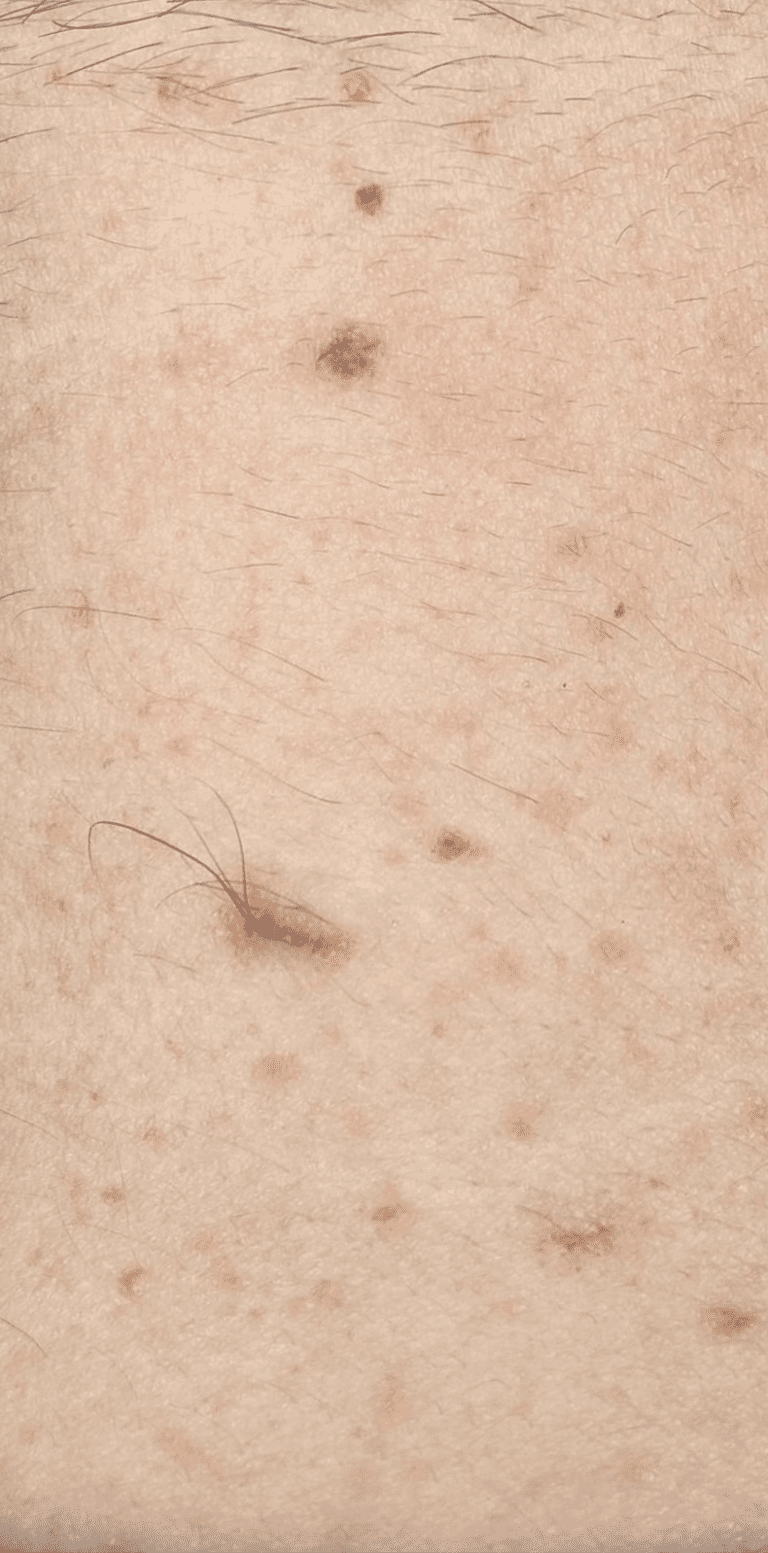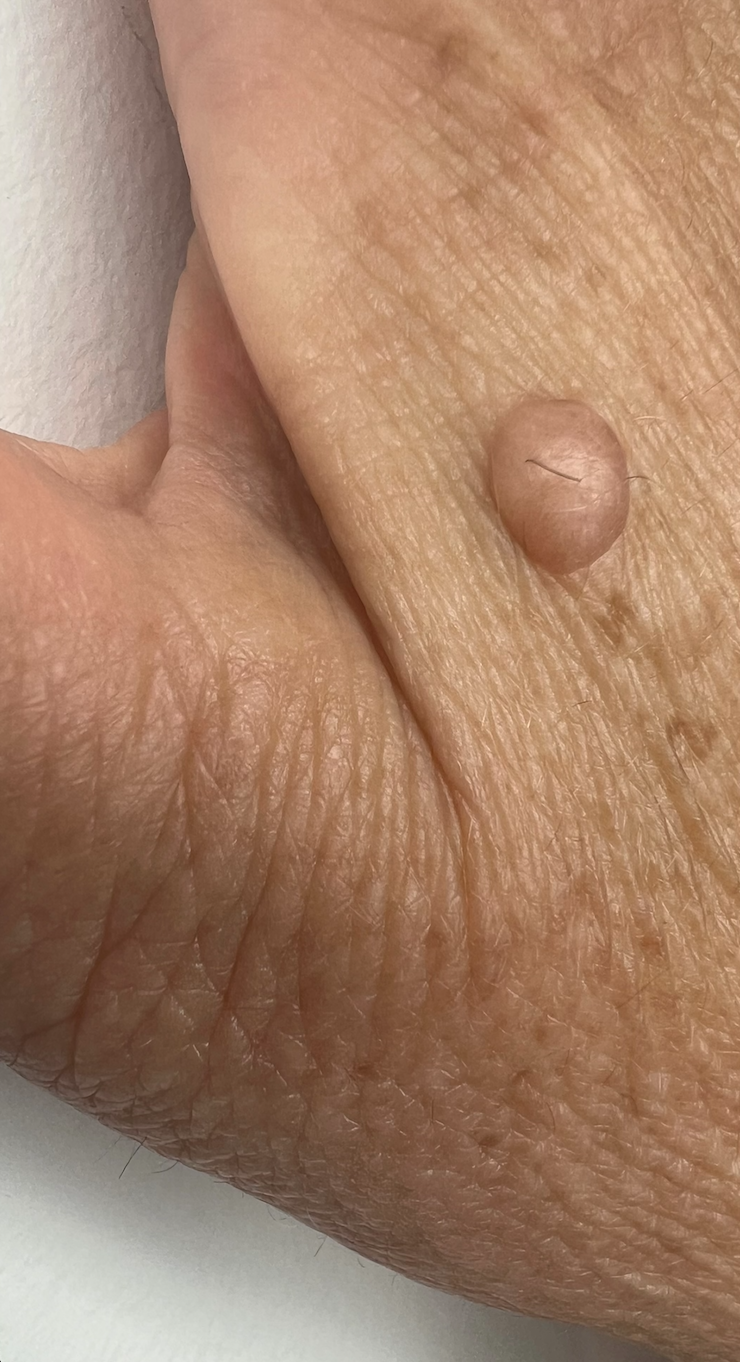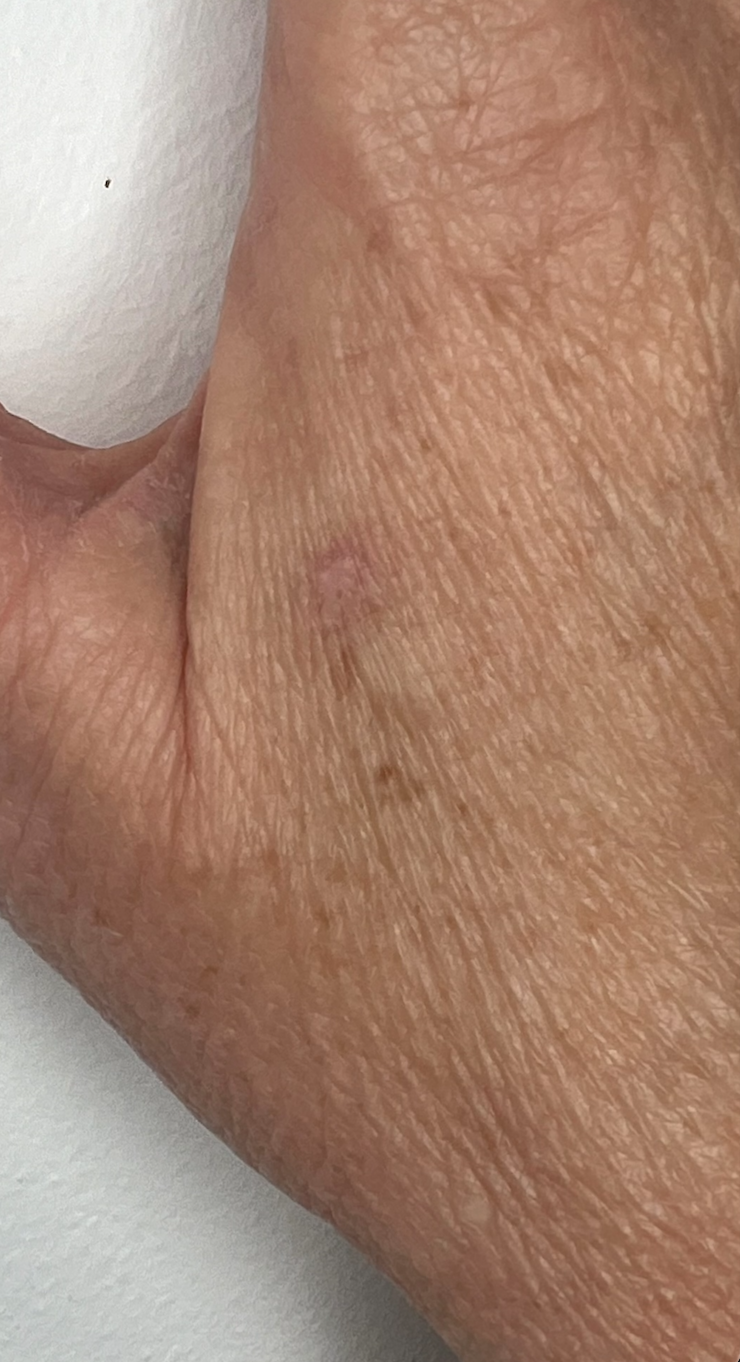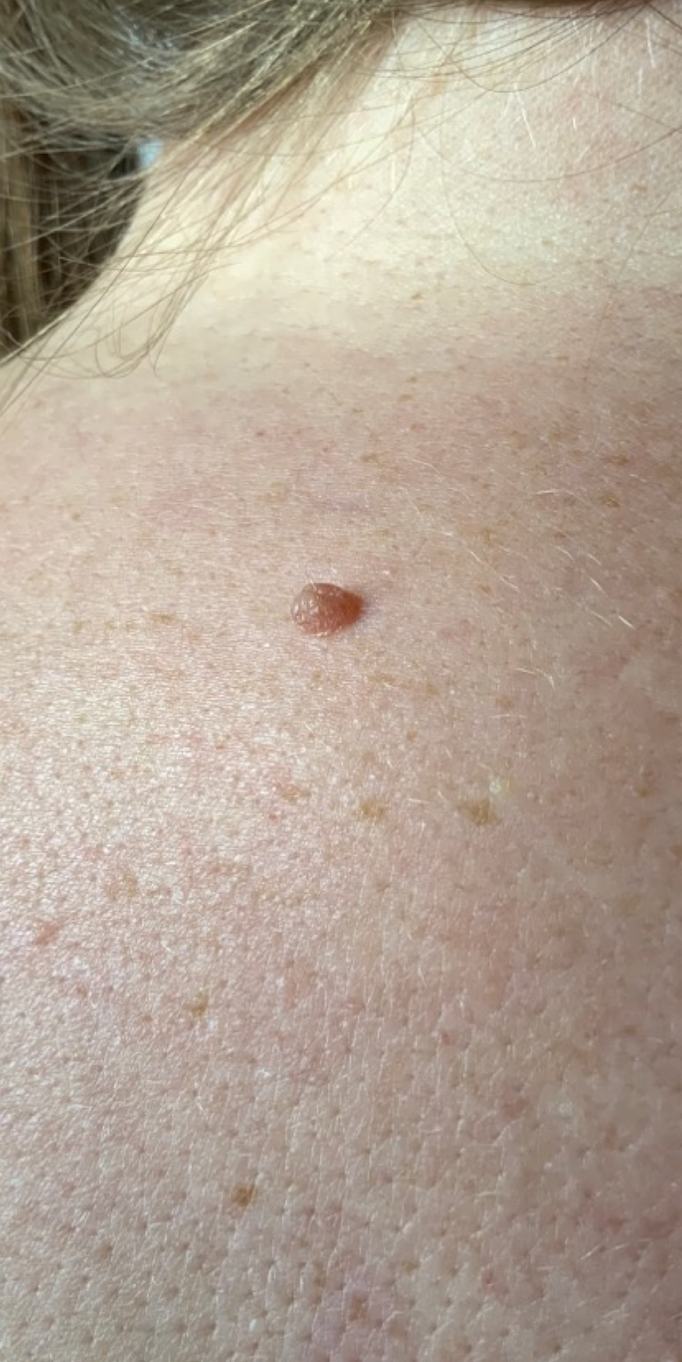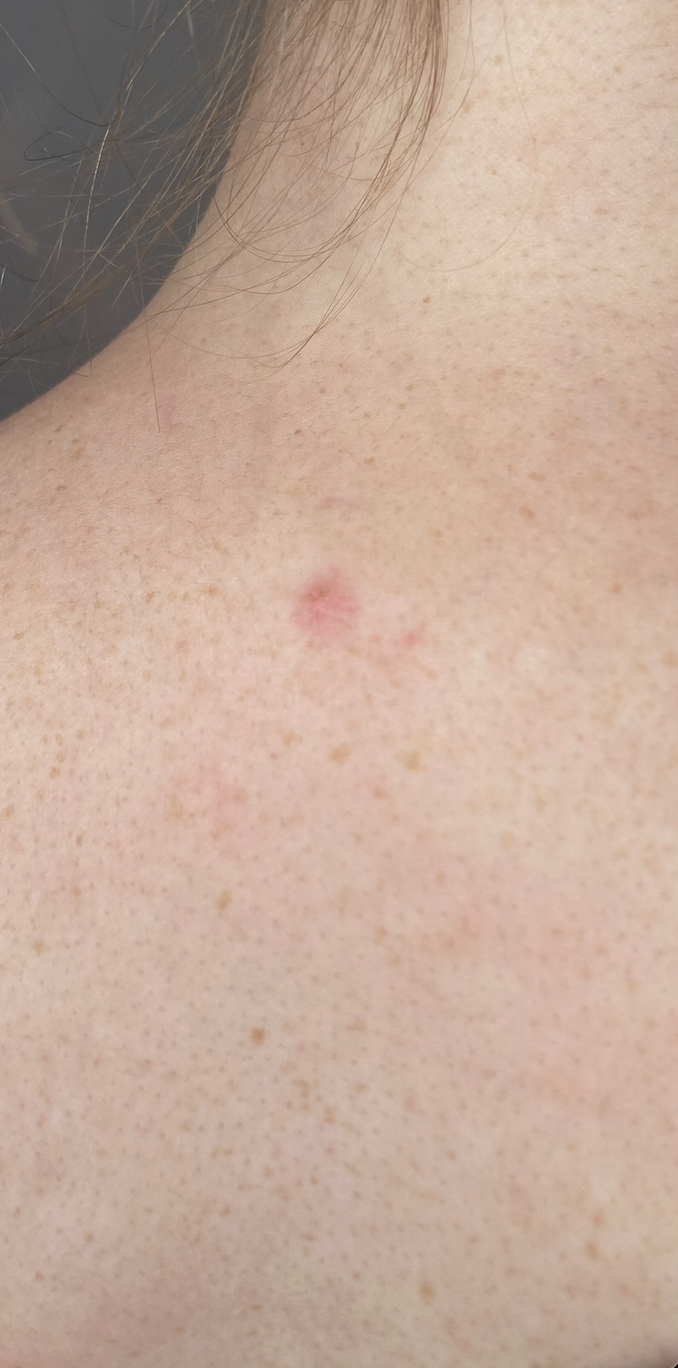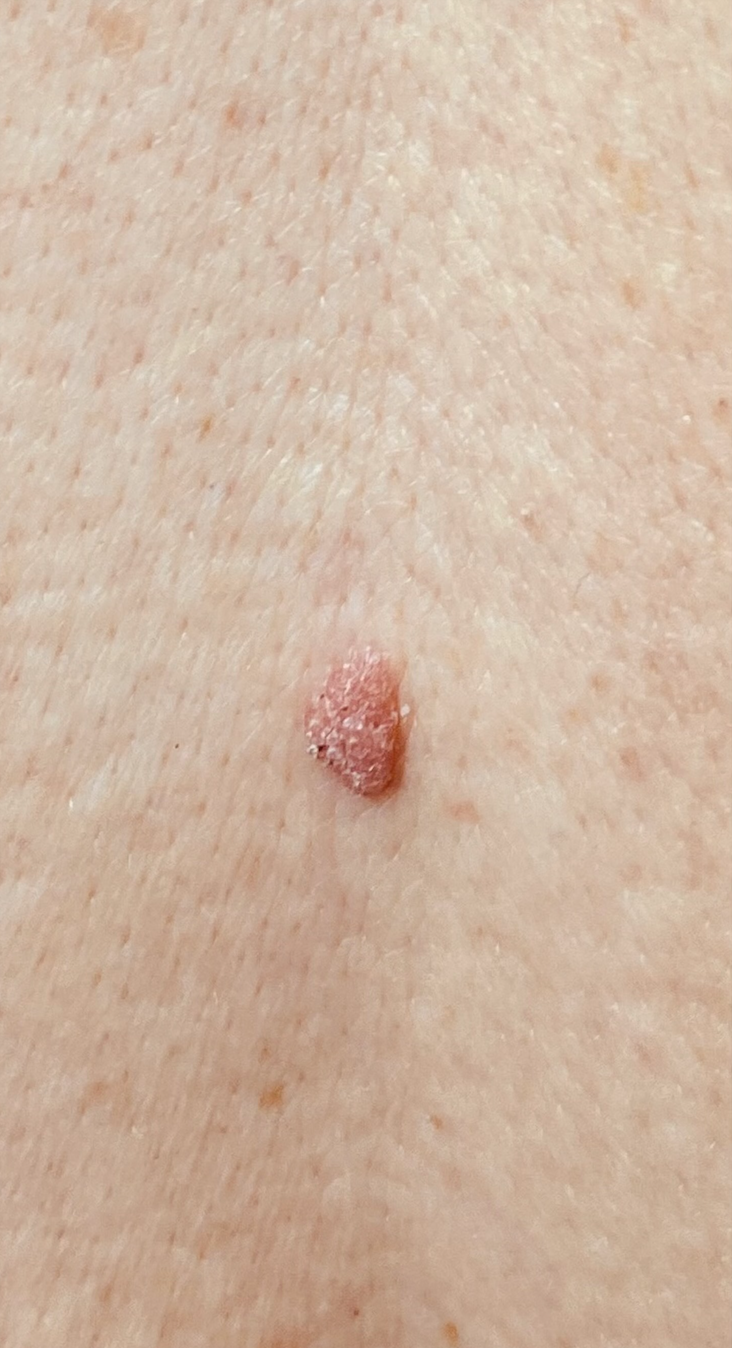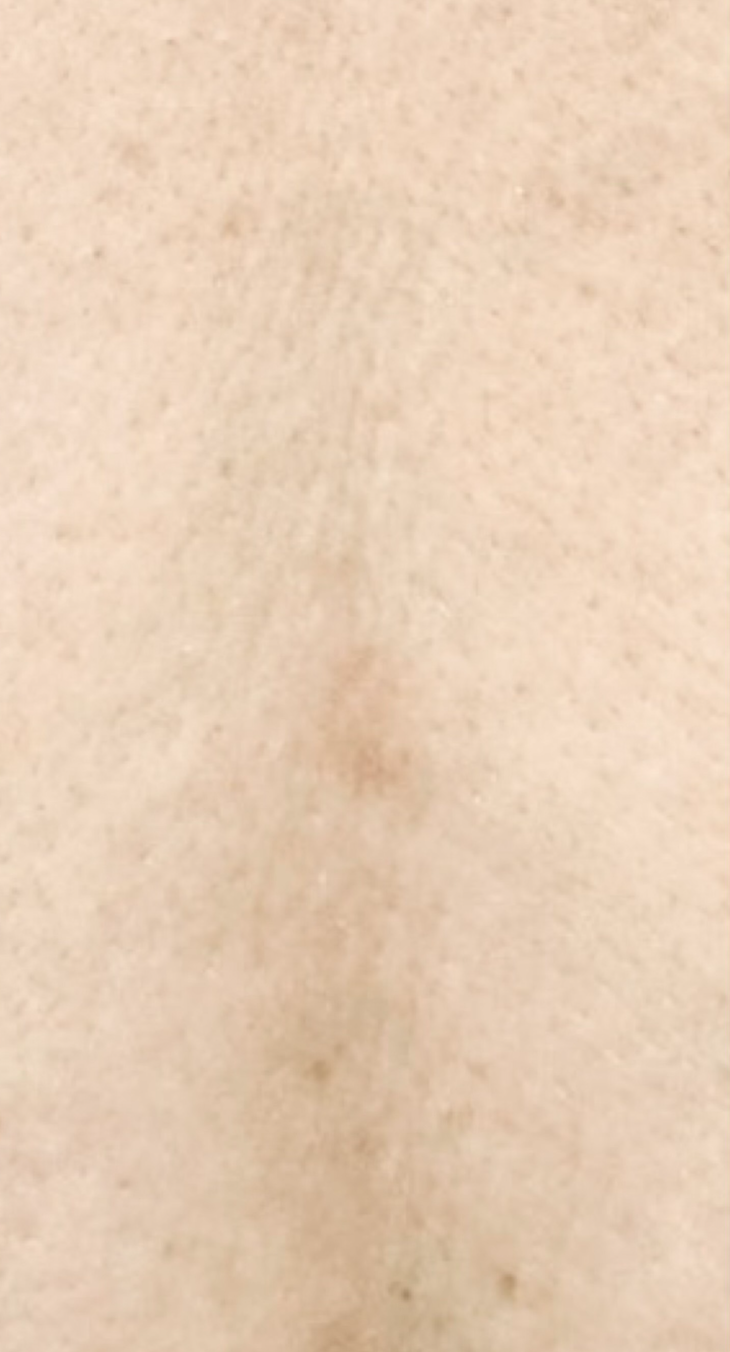Our laser treatment effectively removes big, unsightly and bothersome benign moles, skin tags and seborrheic keratosis from your face and body.
This advanced treatment is provided by our fabulous Skin Specialist & Aesthetics Nurse, Rebecca. She uses one of the safest fractional CO2 laser machines to remove moles in Norwich.
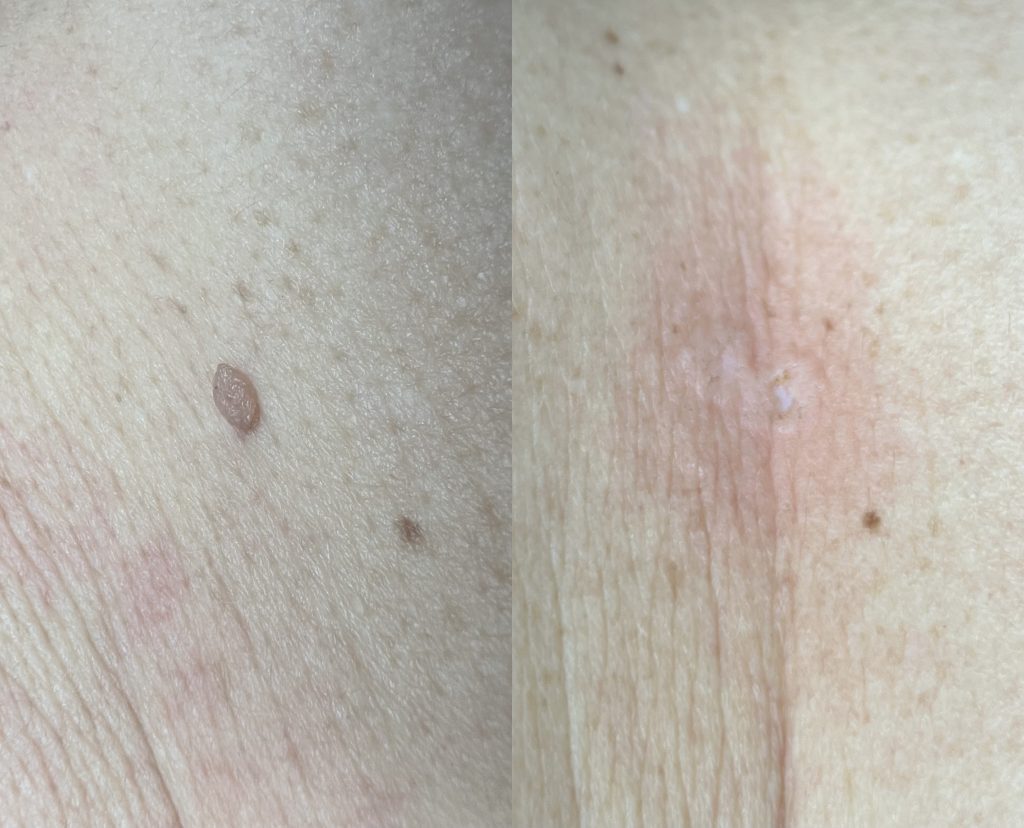
This form of mole removal is widely regarded to be superior to traditional surgical techniques since the laser targets only the area that needs treatment only.
Also, CO2 Laser Removal doesn’t involve any stitches which can increase the risk of scarring. Instead, the Laser targets only the tissue, leaving a smooth and clean surface without damaging surrounding tissue, unlike after having traditional surgical skin tag, moles and seborrheic keratosis removal techniques.
If you would like to book a skin assessment and treatment with our Skin Specialist & Aesthetics Nurse, Rebecca, to remove your unwanted skin tags or moles, please book via the links.
If you are unsure if you are suitable for this treatment, please contact us prior to booking or view the information and images below indicating who and why you would not be suitable for this treatment.
As we perform this procedure for cosmetic reasons only, we require that all skin lesions to be removed have been fully checked in a face-to-face appointment with a GP or dermatologist and have been deemed benign and safe for removal.

 Tues–Sat
Tues–Sat

 Prices Book Now
Prices Book Now



